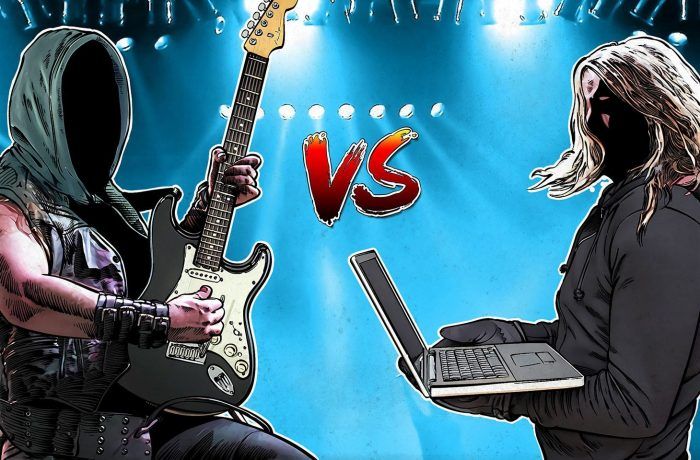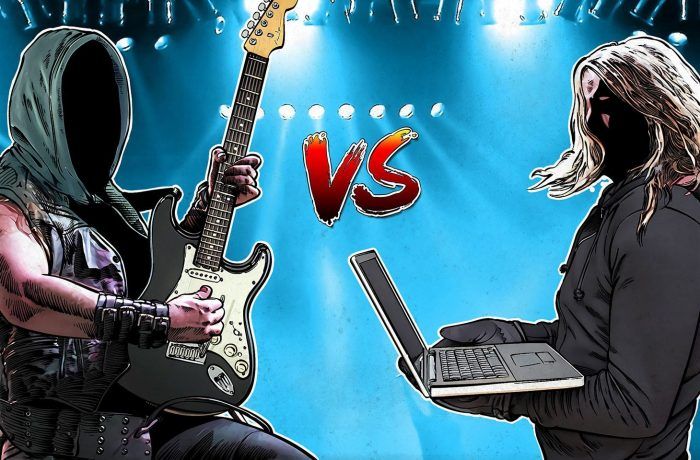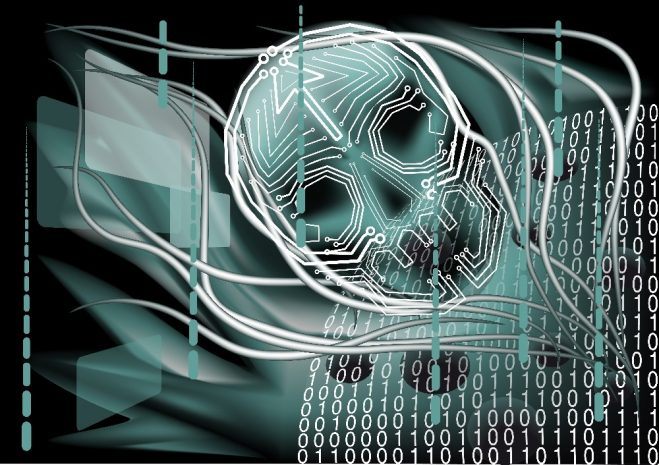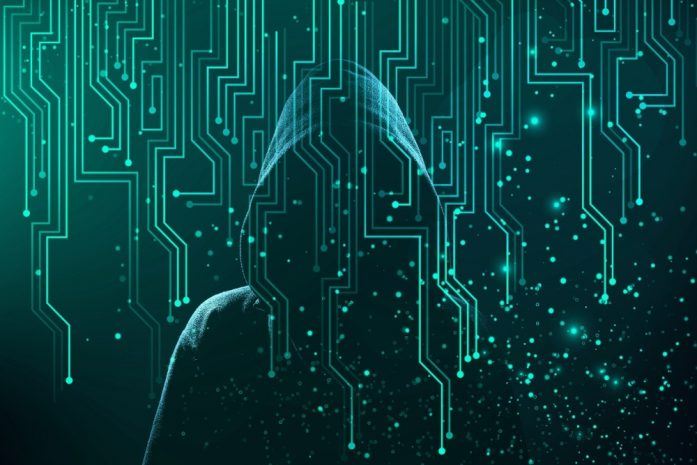
Go to a porn site, get a virus — right?
Most computer infections come from visiting porn sites, or so some people say. Are they right?
223 articles

Most computer infections come from visiting porn sites, or so some people say. Are they right?

Our experts analyzed last year’s financial cyberthreats, and here is their report

Sex sells, as they say in advertising. In cyberspace porn serves as one of the most popular tools for malicious activity.


One of the most popular porn sites in the world was serving malware through ads to millions of its users.

A story about a large malicious campaign carried out in Facebook Messenger — and how it worked.

What should you do if your antivirus detects something it calls “not-a-virus”? What kind of applications are behind this message, and what is all the fuss about?

Adware found on 250 million computers spies on users and can install other software.

How a couple of simple permissions let an application steal passwords, log user actions, and do many other nasty things.

We investigated three cases of ATM robbery — involving remote-controlled malware, a Bluetooth keyboard, and a drill.

Elsker du heavy metal musik? Er du ekspert i cybersikkerhed? Tag vores quiz og se, om du kan skelne mellem metal bands og cybertrusler!

Shamoon is back with a new version, and this time it is accompanied by another piece of similar malware with far more advanced evasive technologies

Are you a fan of heavy metal? An expert in cybersecurity? Take our quiz and see if you can distinguish metal bands from cyberthreats!

When an attack combines legitimate tools with fileless malware, it’s extremely difficult to detect, so antimalware teams constantly need to improve their skills

Downloaded a program called Netflix Login Generator? Delete it immediately!

A story of two amateurs who were able to spy on Italian officials for years without getting caught.

Kaspersky Lab experts create a cure for CryptXXX. For the third time.

In our previous article on this topic, we looked into the history of memory-only attacks, also taking a glance at attack scenarios and appropriate defensive technologies. Now it is time

Ransomware: a brief history, current situation, future predictions and how to solve the problem.

We explain three important concepts underlying antivirus action: signatures, the nature of viruses, and how antivirus solutions remove malware.

One of the most sophisticated mechanisms malware uses to stay below security systems’ radars is having no detectable file body. Malware creators use various techniques to accomplish that. Perhaps the most insidious of which is the execution of the malicious code wholly within the machine’s volatile memory.